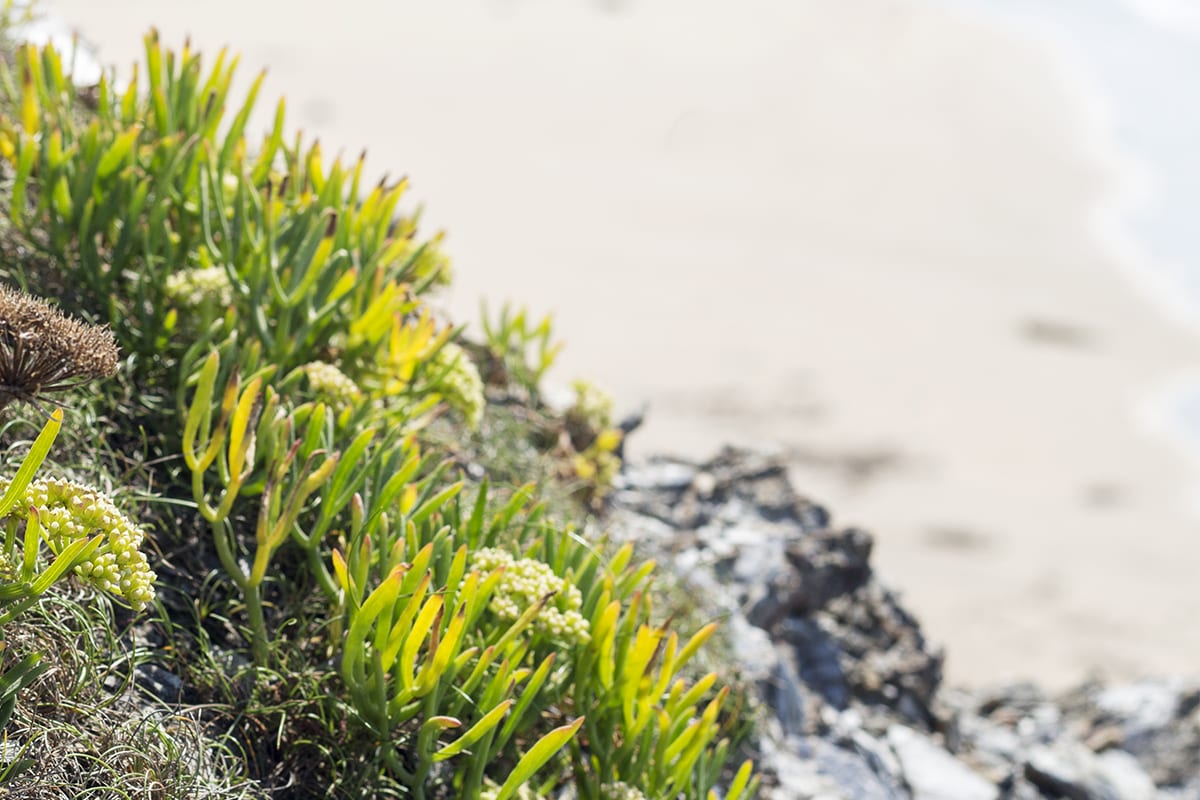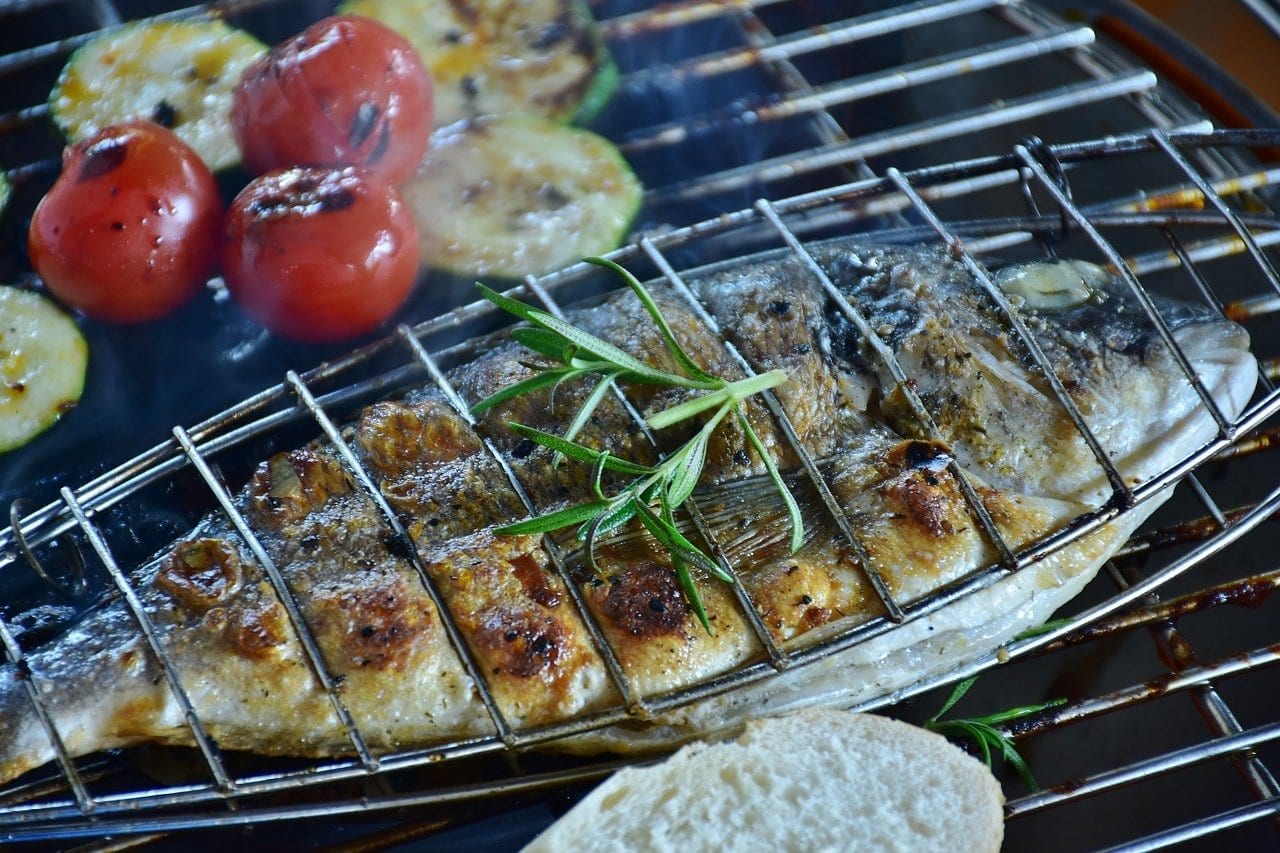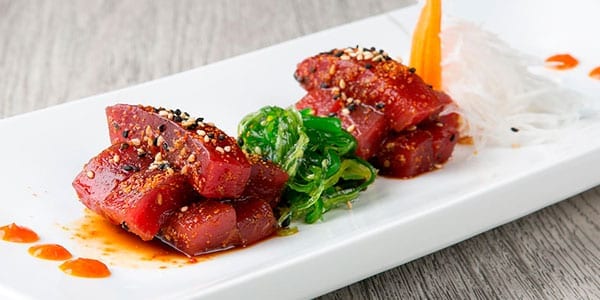For some time now, edible halophilic plants have been gaining importance in gastronomy that is becoming more and more visible. And what are these vegetables, you ask. We will start by telling you that it is a product that until now could be considered shrubs or wild plants of no value. However, with the passage of time and above all thanks to the research projects. that has been made around this food, its use is increasingly common in the most renowned kitchens in the country. Let's discover what these coveted plants are like and what is special about them!
What are halophilic plants?
The truth is that they are known in different ways: coastal vegetables, coastal plants ... in short, edible halophilic plants that despite having gone unnoticed for some time in the kitchen, little by little they are gaining a place among the stoves. The term 'halophilic' refers to those organisms that live in places where there are large amounts of salt. In fact, the name itself says it: 'halos' (salt in Greek) and 'filo' (lover).
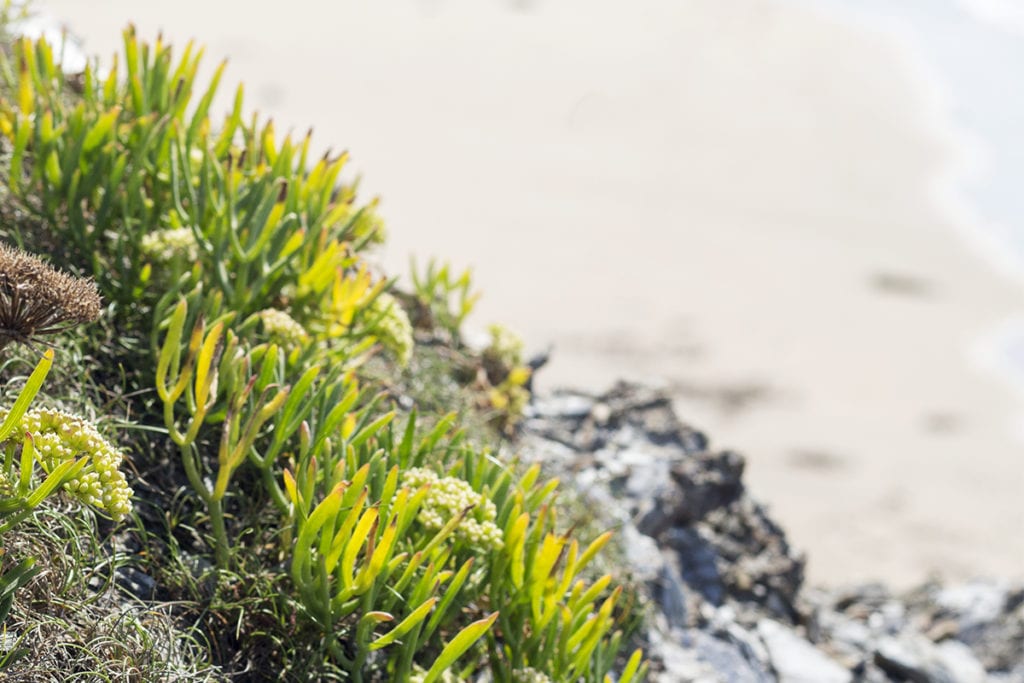
Therefore, these are plants that grow in environments saline, being able to survive in these places thanks to their physiological characteristics. It is precisely this factor that distinguishes and highlights them from other plant species, making them an alternative natural and sustainable that it does not need particularly fertile land to grow.
The usefulness of these sea vegetables
As in everything, there are halophilic plants that are used for medicines and cosmetics -and even as decoration-; and there are so many others that are used in the culinary field and that provide multitude of options in the preparation of dishes. Despite not having been the most popular vegetable when it comes to cooking, they are present all over the globe and have been part of the traditional gastronomy of several countries. Without going any further, in England the sea fennel -o rock samphire in English-, whose use dates back centuries.
And the question is: how are these plants consumed? Indeed, most can be ingested raw, since it is the most natural, healthy and tasty way to appreciate them. However, another point in favor of edible halophilic plants is that they are very versatile. As soon as they can accompany fish and meat dishes; and desserts should not be ruled out either. They also allow all kinds of formats: dressings, sauteed, scrambled ...
Angel León, the chef of the sea, is one of the great admirers of these vegetables. In fact, back in 2016 he was already aware of the potential of halophilic plants, and together with his team of Aponiente -three Michelin stars- created the first virgin marine oil made with salicornia seeds. And that is not his only contribution when it comes to this marine product. He told La Voz de Cádiz that "in Aponiente there was a lack of vegetables, but it is a world in which there is still much to discover." While the Sevillian chef continues to investigate to find more marine ingredients, he already has his particular tribute to this plant in his restaurant in El Puerto de Santa María: cream halophiles.
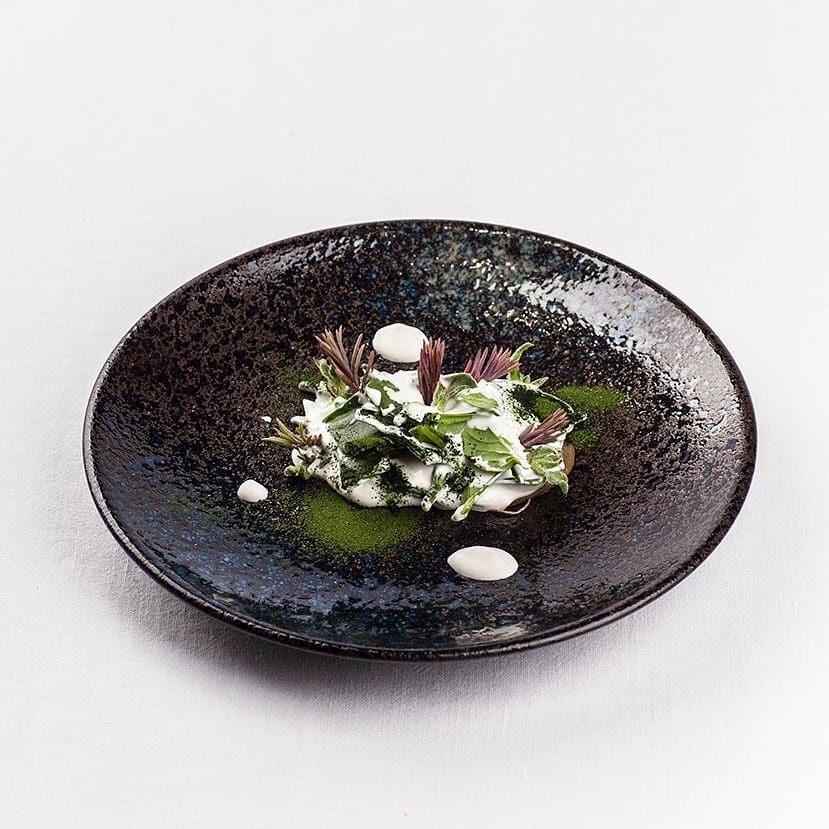
Types of edible halophilic plants
As we have said before, depending on the plant its use will be one or the other. With regard to culinary products, among the most outstanding "sea vegetables" we can mention, without a doubt, the glasswort or marine asparagus, because of its shape. In terms of flavor, a lot of intensity to seaweed and crunchy. The one we already mentioned above: the sea fennel or sea parsley, refreshing and with aniseed touches. The coastal shallot, which is reminiscent, as its name suggests, of the chacota but in softer and fresher touches.
The sea jonquil, the oyster leaf, the sea radish ... there are many edible halophilic plants that are already known and that occupy an important niche in the kitchen of great chefs. Fernando Agrezar, chef at As Garzas -in A Coruña- sees sea fennel as a perfect ally. OR Pepe Plaice from Casa Solla -Pontevedra-, which bets on the oyster leaf. What is clear is that haute cuisine is aware of the infinite possibilities that these vegetables have. It is a matter of time before its use spreads to domestic kitchens across the country.


